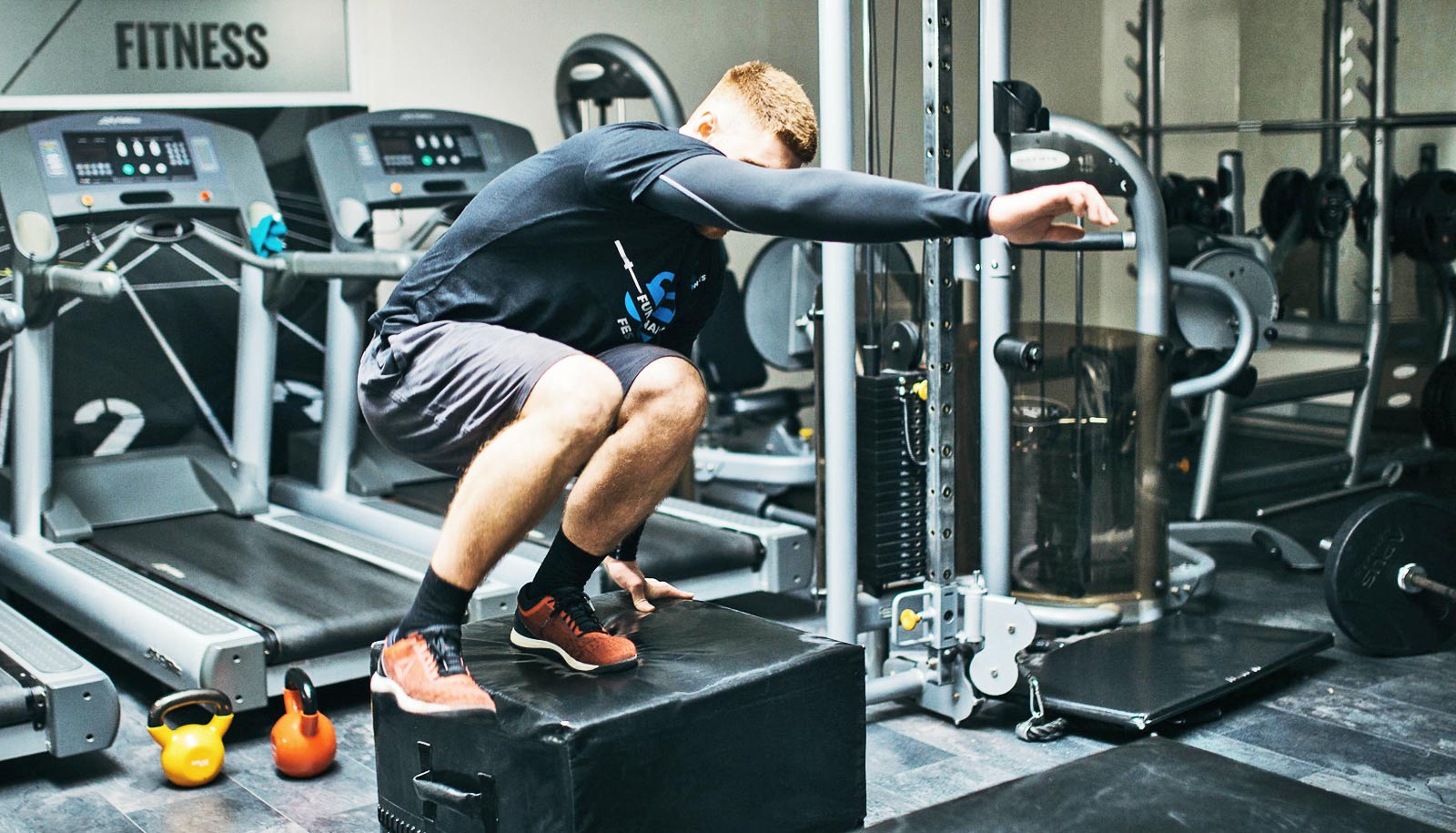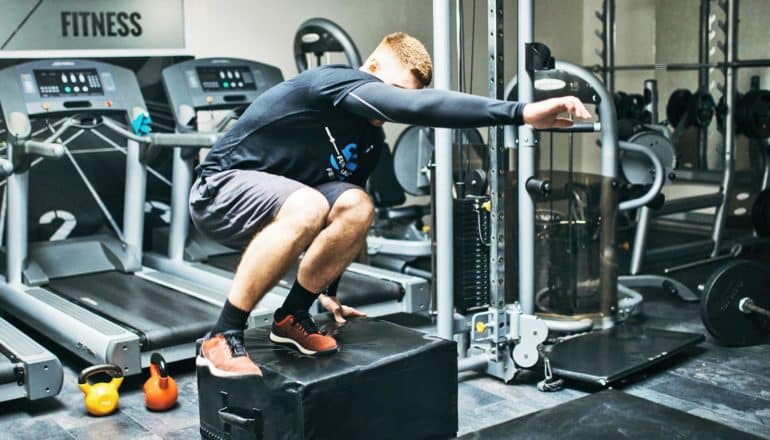
(Credit: Marco Verch/Flickr )
These trendy, intense workouts increase injury risk
High-intensity interval training carries a greater risk for injury, research finds.

People who do high-intensity interval training are at greater risk for injury, especially in the knees and shoulders, research finds.
These workouts, which combine aerobic exercising, weight lifting, and calisthenics at maximum capacity, followed by periods of recovery, have been getting more popular over the past decade. They promise an efficient way to reach fitness goals in less time.
The study, which appears in the Journal of Sports Medicine and Physical Fitness, acknowledges that while this type of training is effective in improving cardiorespiratory fitness, boosting energy, and promoting lean muscle mass and fat loss, it also increases injury risk.
“These workouts are marketed as ‘one size fits all.’ However, many athletes, especially amateurs, do not have the flexibility, mobility, core strength, and muscles to perform these exercises,” says Joseph Ippolito, a physician in the orthopedics department at Rutgers New Jersey Medical School.
50,944 injuries a year
Analyzing records in the National Electronic Injury Surveillance System from 2007 through 2016, the researchers found 3,988,902 injuries resulting from exercise equipment, such as barbells, kettle bells, and boxes, or calisthenics, such as burpees, push-ups, and lunges, that are common to these programs. Most injuries involved knees, ankles, and shoulders. White men ages 20 to 39 had the most injuries.
The researchers found a steady increase of an average of 50,944 injuries per year, which rose alongside the growth in interest in the workouts as determined by the number of Google searches during the years studied. During this decade, they found a significant increase in nerve damage, internal organ injuries, concussions, puncture wounds, dislocations, and strains and sprains.
Athletes who perform these workouts without supervision are at increased risk for injury from poor form and muscle overuse. “There is strong evidence that these types of injuries—specifically from repetitive overload at the knee—can lead to osteoarthritis,” says Ippolito.
How to prevent getting hurt
People who are new to these workouts should speak with their physicians first and more experienced athletes should learn how to minimize preventable injuries, the researchers recommend. Athletic trainers, physical therapists, and fitness instructors should ensure athletes are conditioned, use proper form, and understand the recovery phase.
“We certainly do not want to discourage people from this type of exercise because of its numerous health benefits, but recommend that they understand the pre-existing conditions and physical weaknesses that may predispose them to injury,” says coauthor Nicole D. Rynecki, a student at the medical school.
Since knee and ankle sprains and strains were the most common injuries from high-intensity interval workouts, people should do neuromuscular training—especially those that focus on strength, jumping, and balance—and pre-strengthening programs to improve flexibility before starting high-intensity interval exercises, Rynecki says.
“Exercises such as stretches that can increase range of motion and strengthen rotator cuff muscles are important, especially for older people and those who are predisposed to rotator cuff tears,” she notes.
Source: Rutgers University
The post These trendy, intense workouts increase injury risk appeared first on Futurity.
Share this article:
This article uses material from the Futurity article, and is licenced under a CC BY-SA 4.0 International License. Images, videos and audio are available under their respective licenses.


